All Science
 Titan's massive ice cloud suggests five more years of winter, at least
Titan's massive ice cloud suggests five more years of winter, at leastA huge ice storm on Saturn's moon, Titan, is composed of hydrogen, carbon, and nitrogen.
 Scientists refrigerate water...with lasers!
Scientists refrigerate water...with lasers!Lasers are typically used to heat or burn. But new research shows that lasers can cool things, such as water, too.
 Bizarre mollusk's armor covered with rock-lens eyes, say scientists
Bizarre mollusk's armor covered with rock-lens eyes, say scientistsAn unusual undersea creature called the chiton could point the way for human innovation in the creation of multifunctional tools and building materials.
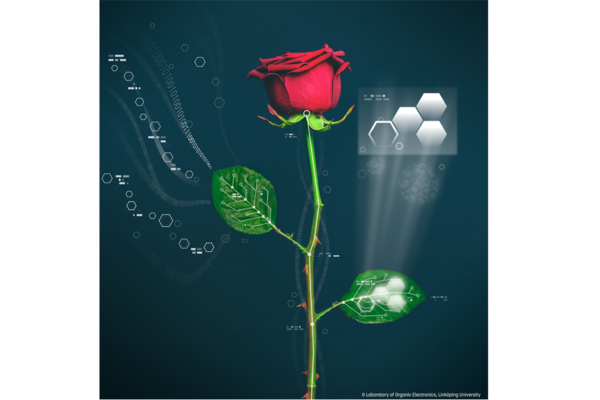 Beautiful circuits: The dawn of the cyborg rose
Beautiful circuits: The dawn of the cyborg roseScientists have wound electronic circuits into plants' vascular tissues for the first time, paving the way for potential energy applications.
 NASA preps cargo for space station: What's going up this time?
NASA preps cargo for space station: What's going up this time?Plans are to resupply the crew currently aboard the International Space Station with more than 7,000 pounds of food, scientific equipment, and parts for the orbiting laboratory.
 First Look100 eyes and counting: What this weird mollusk can teach materials scientists
First Look100 eyes and counting: What this weird mollusk can teach materials scientistsTiny, primitive chitons - a type of sea mollusk - have hundreds of eyes embedded in their plated shells.
 How does a Brazilian spider reveal our connection to Middle Earth?
How does a Brazilian spider reveal our connection to Middle Earth?Scientists have named a newly discovered spider, Smeagol, after a 'Lord of the Rings' character. The arachnid joins a host of other areas in which 'Lord of the Rings' has fused with reality.
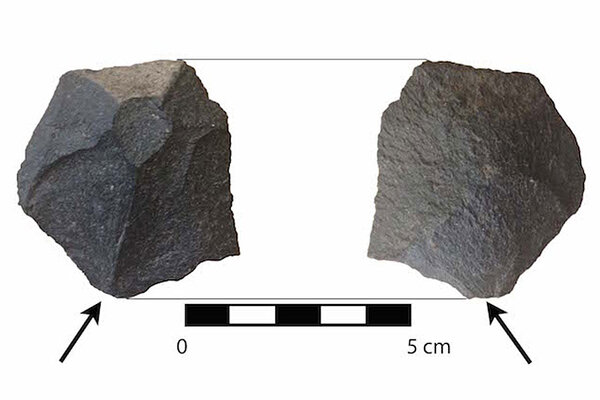 When did people first arrive in South America?
When did people first arrive in South America?A team of scientists find evidence of human occupation in Chile thousands of years earlier than previously thought.
 How fish can turn invisible in the open sea
How fish can turn invisible in the open seaA new study shows how some fish are able to reflect and manipulate vibrations from polarized light to affectively disappear from predators.
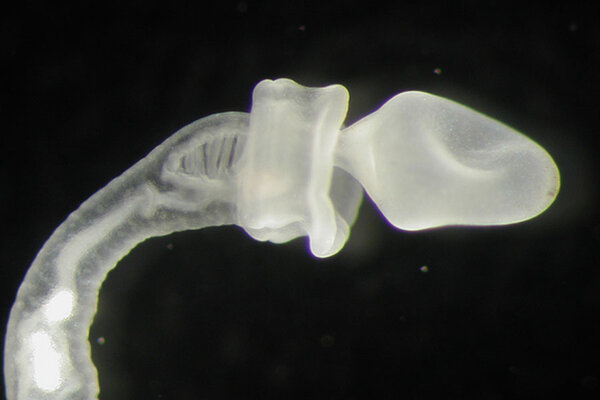 These slimy deep-sea worms are actually quite close cousins to humans
These slimy deep-sea worms are actually quite close cousins to humansNew research finds that humans and a type of marine worm share some 70 percent of genes.
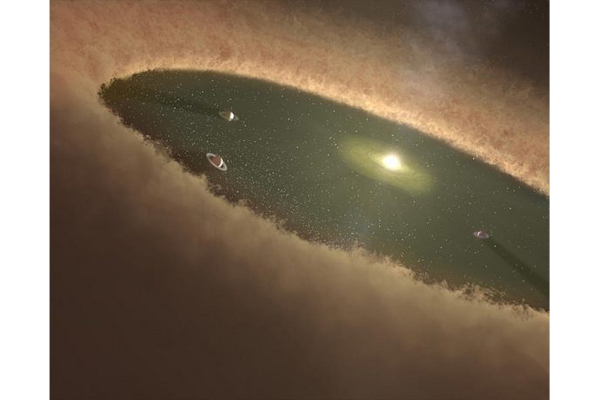 Scientists directly observe planets being born
Scientists directly observe planets being bornLying some 450 light-years from Earth, dust around a young star called LkCa 15 is starting to gather into planets, say astronomers.
 El Niño plus the hottest year on record: What that equals for 2015
El Niño plus the hottest year on record: What that equals for 2015The UN weather agency's Secretary-General called the level of preparedness on both international and local levels, 'unprecedented,' thanks in part to lessons learned in 1998.
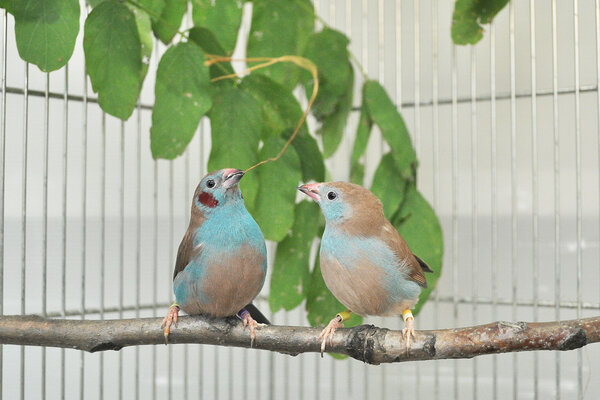 Some birds 'tap dance' to woo potential mates, say scientists
Some birds 'tap dance' to woo potential mates, say scientistsResearchers captured high-speed video of cordon-bleu songbirds' courtship behaviors revealing rhythmic dance steps. Watch the video to see and hear the birds' 'tap dancing' below.
 Scientists observe the birth of a new planet for the first time ever
Scientists observe the birth of a new planet for the first time everThe new world, spotted in its infancy, sheds light on planet formation and opens the way for more discoveries of other such baby planets.
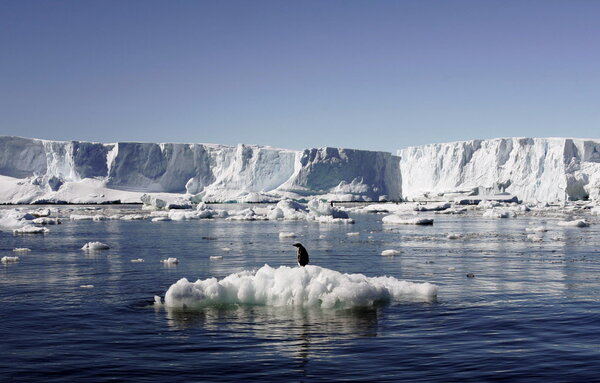 More advanced computer models show Antarctic melt may be less severe
More advanced computer models show Antarctic melt may be less severeA new study from The Open University indicates that the sea level rise from melting Antarctic ice sheets may be less than past studies have predicted.
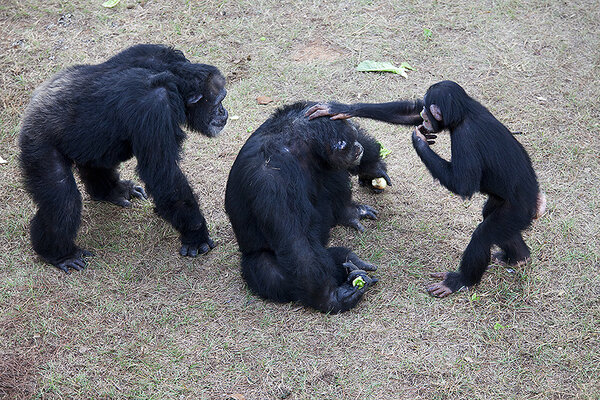 Why fewer chimps are being used as guinea pigs
Why fewer chimps are being used as guinea pigsThe National Institutes of Health will retire the last 50 chimps it uses for medical research, accelerating a years-long trend against using our closest relatives for experiments.
 Complexity: Worlds hidden in plain sight
Complexity: Worlds hidden in plain sightPart of a continuing series about complexity science by the Santa Fe Institute and The Christian Science Monitor, generously supported by Arizona State University.
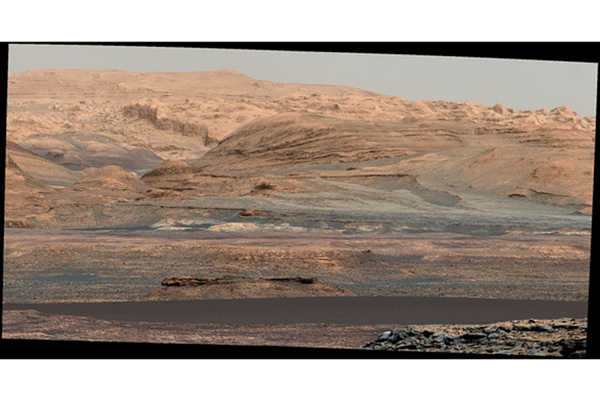 What might Martian sand dunes reveal about the Red Planet?
What might Martian sand dunes reveal about the Red Planet?NASA has steered the Curiosity rover towards dark Martian sand dunes, looking for clues into geologic processes on the planet.
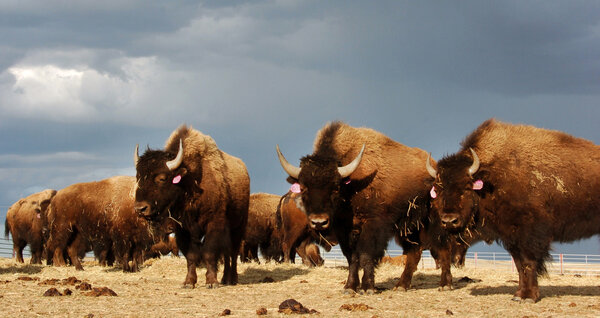 Yellowstone National Park proposes killing 1,000 bison. Why?
Yellowstone National Park proposes killing 1,000 bison. Why?Yellowstone National Park proposes to kill roughly 1,000 wild bison this winter. It is part of Montana's agreement to reduce the animals' migration and the risk of the bison sickening livestock.
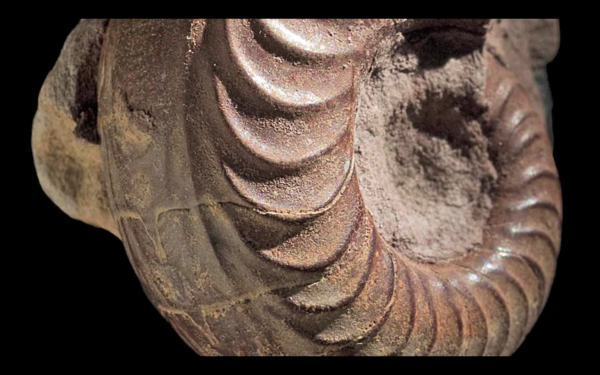 What were ammonites' lives like? Isotope study reveals clues.
What were ammonites' lives like? Isotope study reveals clues.Using isotopic analysis, researchers have revealed new ecological data about ancient mollusks.






















